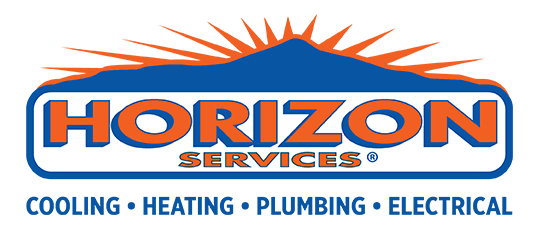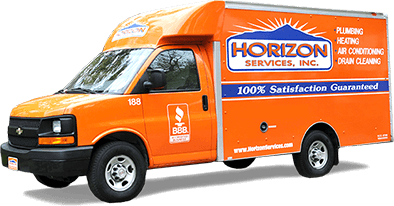
Knowing These Heating and Cooling Efficiency Measurements Can Save You, Big Bucks, in Energy Costs!
SEER? AFUE? HSPF? What’s that…the contents of a bowl of alphabet soup? Nope. These are government ratings and measurements which are used to gauge the capabilities and energy efficiency of your heating and cooling equipment. Efficiency standards for all heating and cooling units in the U.S. are governed by U.S. law and regulated by the U.S. Department of Energy (DOE). Every heater, air conditioner, and heat pump sold in the U.S. is assigned one of these efficiency ratings.
If you’re about to purchase a heater, air conditioner, or heat pump, you will definitely need to become familiar with these numerical ratings… and with what they mean for both your comfort and your bottom line.
- SEER (Seasonal Energy Efficiency Ratio)
SEER is the measure of efficiency by which the cooling process of air conditioners and heat pumps is rated. The higher the SEER number, the greater the efficiency, which yields greater energy savings. The SEER is defined as the total cooling output (in British thermal units or Btu) provided by the unit during its normal annual usage period divided by its total energy input (in watt-hours) during the same period. For cooling products sold on the market today, the government requires a minimum SEER rating of 13.0. but if you have an older piece of cooling equipment, you may be operating with a SEER rating as low as 8.0…which means that you’re wasting a lot of energy and money. Consider this: for every $100 you pay to cool your home this summer at an 8.0 SEER, you would get the same amount of cooling AND save $42 if you were operating at 14.0 SEER.
- AFUE (Average Fuel Utilization Efficiency)
AFUE is the standard measurement of efficiency for gas and oil-fired furnaces. Given in percentages, this number tells you how much of your fuel is used to heat your home and how much fuel is wasted. The higher the AFUE rating, the greater the efficiency. If a furnace has a rating of 80% AFUE rating, the furnace converts 80% of the fuel that you supply to heat — the other 20% is lost out of the chimney. The most efficient furnaces in the industry have AFUE ratings of up to 96.7%. If you have an older furnace (with an AFUE of approximately 60%), you could save up to 40% on your heating bills by replacing it with a new high-efficiency furnace! The cost to replace your old, inefficient furnace is paid back through lower utility bills.
- HSPF (Heating Seasonal Performance Factor)
HSPF is the measurement used to gauge the heating efficiency of heat pumps. (A heat pump’s cooling efficiency is measured by its SEER). The higher the HSPF number, the greater the efficiency and cost-savings.HSPF is a seasonal measure (meaning that it takes into account the fact that the heat pumps rarely for as long as is optimal during Spring and Fall). HSPF can be thought of as the “averaged factor” for an entire heating season. HSPF is calculated by taking the total annual heating requirements, including all energy inputs (defrost and back-up heating energy included) divided by the total electric power used. The industry-standard rating system compares BTUs of heat output to watts of electrical energy consumed. There are 3.4 BTUs per watt of electricity; an HSPF of 6.8 corresponds roughly with an averaged factor of 2.Today’s models of heat pumps are required to have a minimum of 6.8 HSPF. Newer heat pumps manufactured after 2005 are required to have an HSPF of at least 7.7. The most efficient heat pumps have an HSPF of 10.
Matching Your System for Optimum Efficiency
Upgrading to a new heating or cooling system with a higher SEER, AFUE, or HSPF rating can start saving you money in energy costs virtually from Day One. A Horizon Services Comfort Specialist can recommend a heating or cooling solution with the optimum SEER, AFUE, or HSPF rating to provide maximum energy savings for your home. Contact Horizon Services today to schedule your FREE, no-obligation In-Home Energy Analysis!


